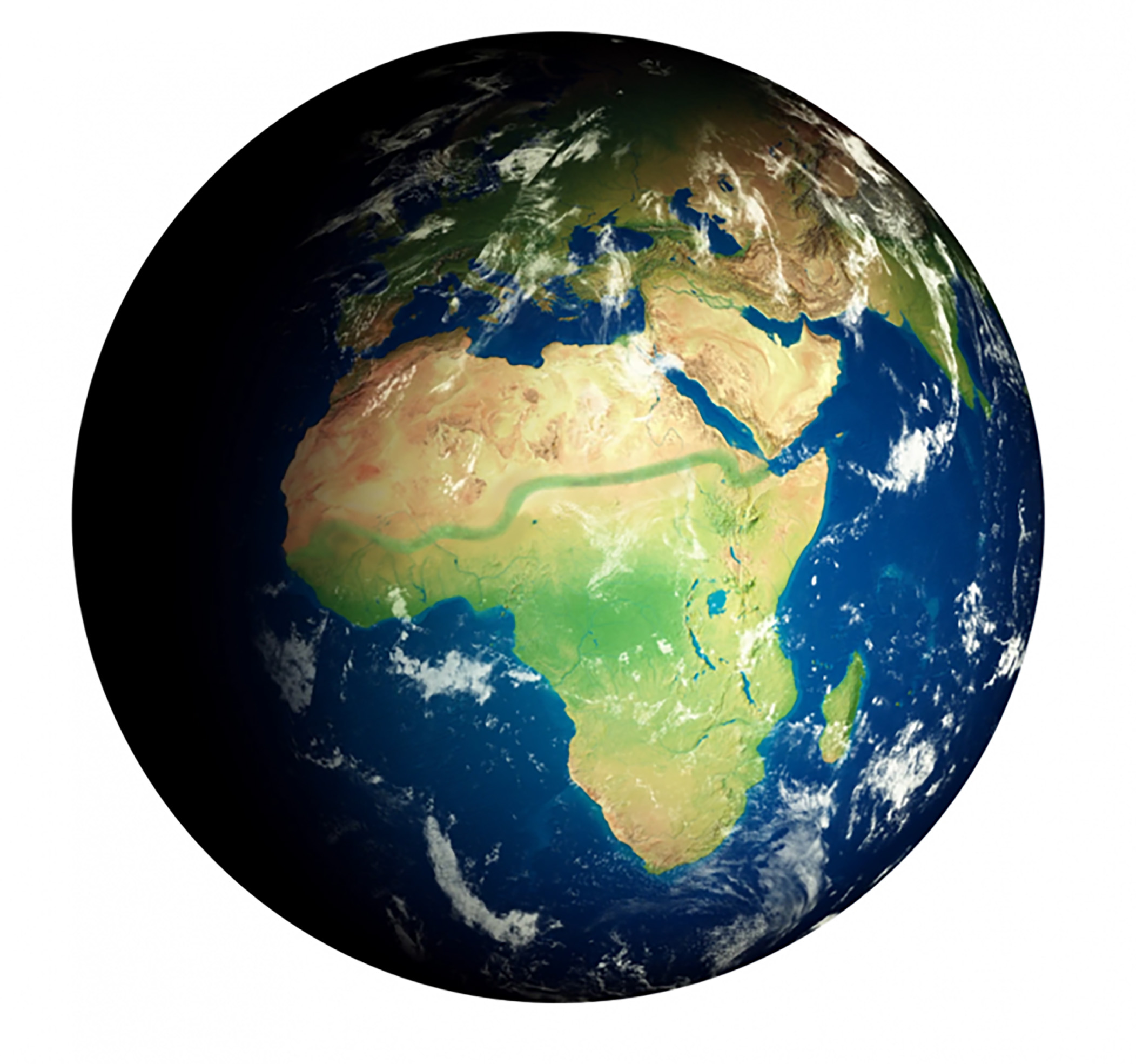The Great Green Wall just got a major boost at the 26th Conference of the Parties (COP26) in Glasgow, Scotland, with announcements of support coming from Jeff Bezos, Prince Charles, French President Emmanuel Macron and Mauritania’s president, Mohamed Ould Ghazouani.
The Great Green Wall (GGW) is described as an “African-led movement with an epic ambition to grow an 8,000km natural wonder of the world across the entire width of Africa”.
According to its website, “Once complete, the Great Green Wall will be the largest living structure on the planet, three times the size of the Great Barrier Reef.”
width="853" height="480" frameborder="0" allowfullscreen="allowfullscreen">
The World Economic Forum notes that “The Sahel is a 5,900-kilometre belt of land below the Sahara Desert, stretching across the breadth of Africa. It is a semi-arid region, known for its variable rainfall.” It is here that this massive reforestation megaproject, in one of the poorest and most climate-change vulnerable regions on the planet, is taking shape. Already, droughts, famine and conflict over resources are causing immense suffering and hardship. The initiative is an attempt to ameliorate these conditions with nature.
According to the United Nations Convention to Combat Desertification, the GGW stretches along the southern margin of the Sahara Desert, snaking from the Atlantic coast to the Red Sea. More specifically, it stretches from Senegal in the west to Djibouti in the east. The total area of the GGW extends to 156 million hectares, with the largest intervention zones located in Niger, Mali, Ethiopia and Eritrea.
The once verdant border regions of the Sahara have given way to increased desertification, in large part due to climate change and unsustainable land practices, leading to land degradation and the expansion of the Sahara Desert. According to the World Bank, there were 30 million food-insecure people in this region prior to the coronavirus pandemic, and that number continues to grow.
By 2030, the GGW initiative aims to restore 100 million hectares of degraded land, sequester 250 million tonnes of carbon and create 10 million jobs in rural areas.




 (Photo: Greatgreenwall.org)
(Photo: Greatgreenwall.org)